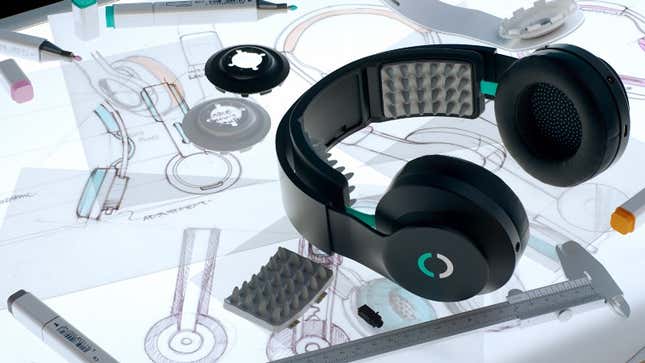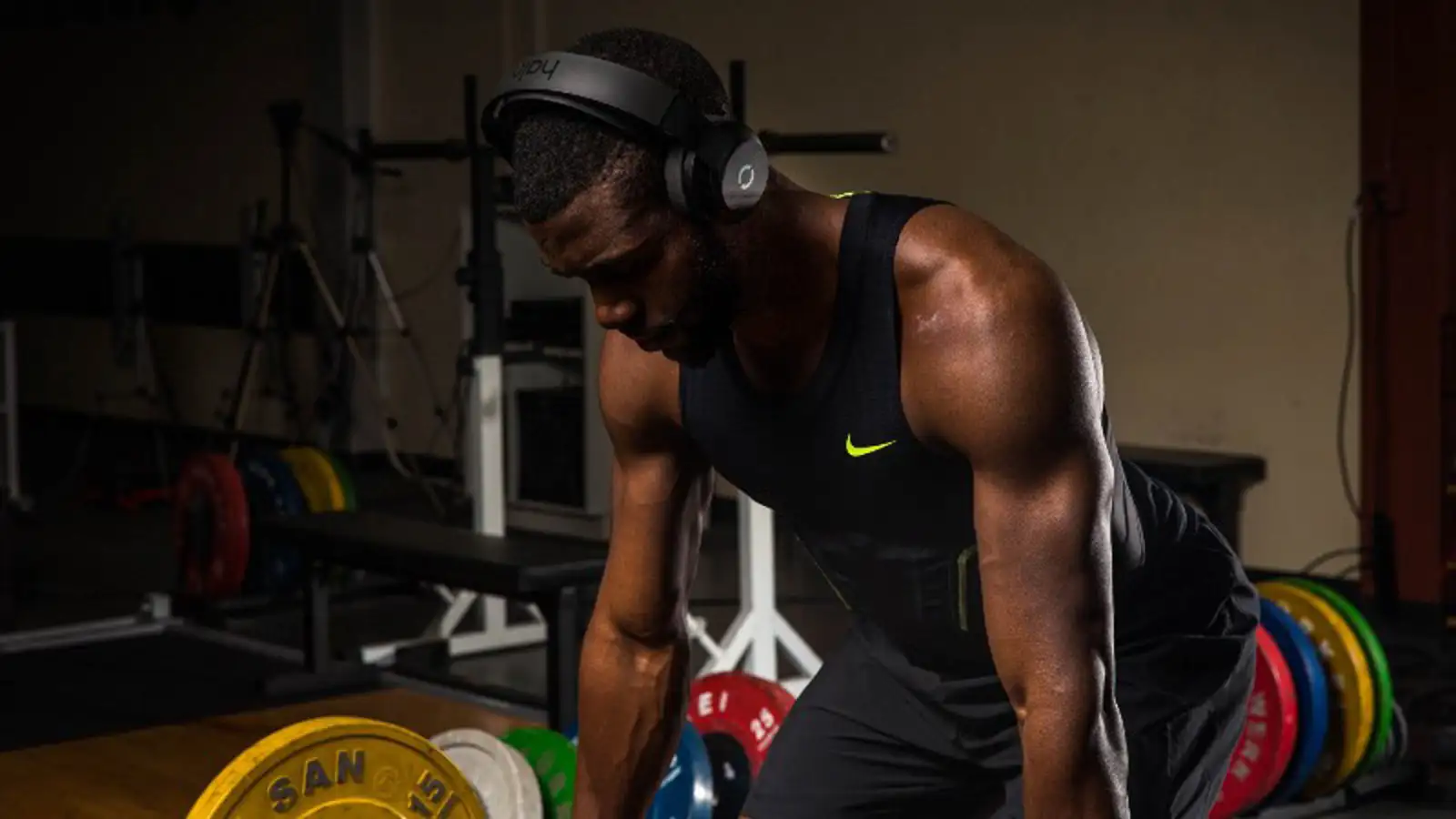Doping in professional sport is a cat-and-mouse game. The World Anti-Doping Agency (WADA) bans a performance-enhancing drug, and athletes go on the hunt to find a new one. So what if there was an undetectable performance-enhancing method?
That’s the promise Halo Neuroscience is making. It has built a device that looks like a set of headphones, which sends electrical current through the scalp to stimulate certain areas of the brain. The claim is that the device helps build new neural connections as the athletes learn a skill.
The company also claims to have run a small randomized-control trial, where four athletes wearing the device received electrical stimulation, while three others didn’t. The experiment reportedly showed improvement in those who wore the device. The athletes’ co-ordination was 80% better than the placebo group and their jumping force was 70% greater, according to an account on the company’s website. (The results were not published in a peer-reviewed journal.)

Companies will always claim their devices work, but there is some independent evidence in this case. University researchers have long been fascinated by transcranial direct stimulation (tDCS), which is what Halo Neuroscience’s device does. The theory is that, if you choose the right neurons and give them just the right electric jolt, you can boost or suppress what those neurons are usually doing.
In a small trial of 12 untrained athletes, University of Kent researchers found that tDCS to stimulate the motor-cortex region of the brain can reduce the perception of fatigue and thus help athletes cycle for longer. A similar result was found by a group of researchers at the Federal University of Rio Grande do Norte when they used tDCS to stimulate the temporal cortex region of the brain.
But researchers are concerned that tDCS is not yet ready for commercial use. There is evidence that misfiring of such devices or even placing the electrodes at the wrong place on the brain can have unintended consequences. Researchers in a lab tend to be careful with their use of tDCS, but that precision is not guaranteed elsewhere. So if athletes wear the device as they practice their skills, as Halo Neuroscience proposes, a movement of only a few centimeters could change what area of the athlete’s brain is receiving the stimulation.
There are also no long-term studies looking at the effect of tDCS. It could be that stimulating one region causes the brain to compensate in other regions. But, when such devices can be built at home for as little as $20, and no one knows how to detect their use, there’s no stopping athletes or other enthusiasts from experimenting.
